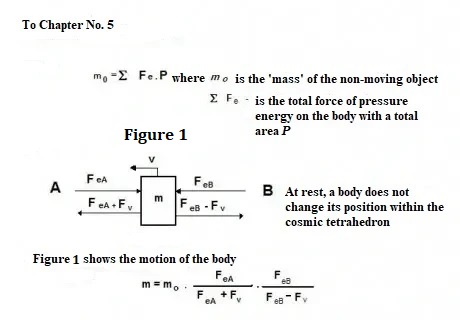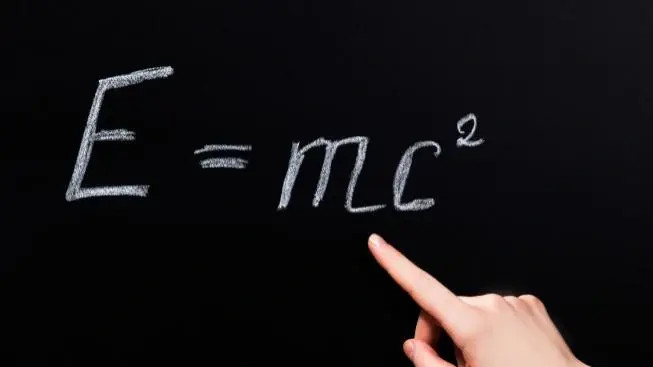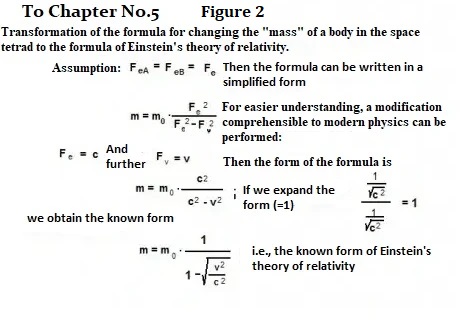
Mass

Mass is a phenomenon that arises from the resistance of energy in the surrounding space to the change in the motion of an object.
In this system, any object within a cosmic tetrahedron is merely a passive obstacle that flowing energy must either overcome or bypass, depending on the object's density.
For example, a massive object like Earth offers minimal resistance to energy because it is almost "empty" in terms of resistance to the movement of energy. All observable cosmic phenomena can thus be explained by this principle.
Mass and Surface Area
The phenomenon of mass depends on the surface area of an object, not its volume. An object resists propagating energy when it is set in motion or when there is a change in its direction of motion. A hollow object will offer the same resistance to flowing energy as a solid object with the same surface area, with a particular emphasis on the surface of nucleons.
Both objects with identical surface areas exhibit the same resistance, which in current physics is referred to as mass. This implies that the mass of the same object can vary depending on different situations or locations within the cosmic tetrahedron (e.g., near the center of an energy vortex, at the edge of the cosmic tetrahedron, etc.).
Therefore, reciprocal physics cannot use the concept of an invariant mass in such an active space, as this would contradict mathematical principles.
Mass and Surface Area of an Object
The phenomenon of mass in a stationary object within the cosmic tetrahedron is directly proportional to the size of the surface area upon which the propagating energy acts.

Mass of an Object and Its Surface

The mass of an object is entirely dependent on its surface area. If we compare the mass of two free protons and two free neutrons with the mass of a helium atom, which consists of these four nucleons, we find that the helium nucleus has a lower mass than the sum of the masses of the individual free nucleons.
This is because the new object (the helium nucleus) has a smaller surface area than the combined surface areas of the individual free nucleons. Current physical hypotheses that challenge Einstein's principles refer to these unexplained mass deficits in atomic nuclei.
Mass of a Moving Object
Assessing the mass of an object moving within the cosmic tetrahedron is more complex. In Reciprocal Physics, the object moves through a space filled with propagating energy (material substance), which alters the gravitational phenomenon compared to its state of rest.
In a state of rest, where the object's velocity "v" is zero, the action and reaction forces on both sides are equal, and the object's mass is at its lowest. This phenomenon is illustrated in Figure 1.
Changes in the Phenomenon of Mass During Motion
When an object is set in motion with velocity "v" from point "B" towards point "A," changes in the phenomenon of mass occur, as described in the accompanying illustration. The essence of this change lies in the difference in the energy's reaction to the object in various directions of motion.
The energy's reaction against the direction of motion is greater, while the reaction in the direction of motion is lower. In Reciprocal Physics, which operates as an engineering system, it is inconceivable that velocity alone could alter the phenomenon of mass in the way that current science assumes.
Modification of the Equation for Proximity to the Center of the Cosmic Tetrahedron
For completeness, the equations and the resulting formula from Figure 2 can be modified into a more familiar form, assuming the object is moving near the center of the cosmic tetrahedron. In this case, we can consider the energy force acting on the object from all directions to be equal. This simplification leads to a more straightforward formula.
Conversion to Modern Physics Units
The process of converting to modern physics units and the adjustments are illustrated in the photo gallery. The result of this adjustment is Einstein's equation from the theory of relativity.
Note
The derivation of what is now known as the Lorentz time transformation (see Chapter on Time) was simply a matter of time before the imbalance would be corrected by the appropriate adjustment. Einstein was the first to notice this discrepancy and, based on it, derived the compensatory principle now known as the theory of relativity. He understood that if the formula for time transformation holds, then the formula for the theory of relativity must also be valid.

Extension of Einstein's Theory of Relativity Formula within Reciprocal Physics
Einstein's theory of relativity formula represents only a special case of a broader formula within Reciprocal Physics. This formula proves to be inadequate because it does not provide a clear picture of what happens at high speeds in the vicinity of an object. In the Reciprocal Physics model, this formula can be derived through simple logical-mathematical methods, revealing its specific nature and limitations.
Deformation of an Object at High Speeds
According to Reciprocal Physics, at high speeds, there is deformation of the object due to surrounding conditions, primarily due to the compressed energy around nucleons. When an object reaches the speed of energy (i.e., the speed of light) within the cosmic tetrahedron, the energy coming from direction "B" cannot catch up with the object.
In this case, a state is created from direction "B" that might be referred to as antimatter in some physical hypotheses, but the Reciprocal Physics system does not recognize this concept. In this model, matter is either present or it is not. When the object's velocity reaches the speed of energy (i.e., the speed of light), the cohesion of the object from direction "B" ceases to exist.
The object disintegrates into energy, which is a lower state of matter, and the space previously occupied by the object returns to an equilibrium state according to the formula m⋅ c=const.

Phenomenon of Mass in the Cosmic Tetrahedron
The phenomenon of mass within the cosmic tetrahedron is influenced by several factors:
- Surface and Volume of the Object: Mass depends on the surface area of the object, which affects the propagating energy.
- Speed and Motion: The speed of the object and its motion impact the gravitational force.
- Energy Fields: Various energy fields in the surroundings alter the conditions.
- Energy Density: The distribution of energy around and within the object affects gravitational interactions.
- Dynamic Processes: The phenomenon changes during dynamic processes, including accelerated motion and shifts in energy conditions.
The resulting phenomenon of mass is thus a combination of these factors, which will be examined in detail in the following chapters.

